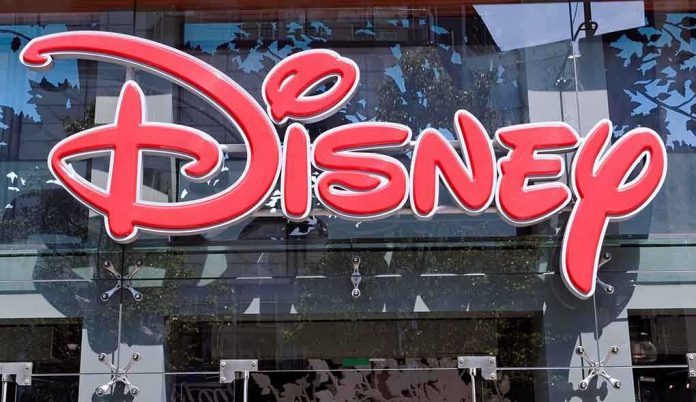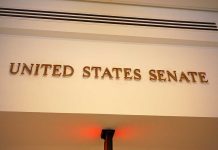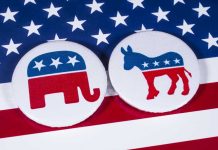
Scenes of empty Disney parks, once synonymous with packed crowds—are sending shockwaves through American families who see these empty icons as a symbol of shifting values and economic uncertainty.
Story Highlights
- Disney parks across the U.S. and Hong Kong have experienced unprecedented low attendance in 2025, even during peak holidays.
- Social media and guest reports document “ghost town” conditions, raising questions about Disney’s direction and broader economic health.
- Analysts cite high prices, economic anxiety, and changing consumer attitudes as key factors behind the empty parks.
- Industry experts warn of potential lasting damage to Disney’s brand, local economies, and the tourism sector if trends continue.
Empty Disney Parks: A Startling New Reality
On July 4, 2025, guests arriving at Walt Disney World’s Magic Kingdom expected packed walkways and hours-long lines. Instead, they found a “ghost town,” with photos and videos revealing near-empty main streets and walk-on rides. This wasn’t an isolated case: similar scenes played out at Disneyland in California and Hong Kong Disneyland throughout the year. For families who cherish Disney’s role in American tradition, these images are more than unusual—they signal a profound change in national mood and consumer confidence.
Historically, Disney’s parks have weathered recessions, social unrest, and even the COVID-19 pandemic without showing such dramatic drops in attendance during peak seasons. The spring and summer of 2025, however, have marked a new low. Viral walk-throughs and guest testimonials on social media platforms have amplified the phenomenon, forcing both Disney loyalists and critics to question what is driving families and tourists away from the so-called “happiest place on earth.” The emptiness is all the more striking given Disney’s continued investments in new attractions, including major Marvel and Frozen-themed lands.
Economic Anxiety and Changing Consumer Priorities
Analysts and industry observers point to a convergence of factors behind Disney’s empty parks. Economic uncertainty is paramount: fears of a recession and persistent inflation have made families more cautious with discretionary spending. Reports confirm that even with marketing pushes and new experiences, many Americans and international visitors are opting out of expensive theme park vacations. Hong Kong Disneyland, despite celebrating its twentieth anniversary and unveiling new attractions, has seen only brief attendance bumps before returning to sparse crowds, further underscoring global concerns.
Disney’s aggressive pricing strategy has also come under fire. Years of ticket hikes and upcharges for premium experiences have led to what some call “Disney fatigue,” eroding the sense of value once associated with a park visit. Travel experts note that as the cost of living rises, families are increasingly questioning whether the Disney experience is worth the price. Social media influencers have fueled this debate by documenting the empty parks, making it difficult for Disney to downplay or distract from the trend. For many, the brand’s recent focus on upcharges and exclusive experiences has alienated core audiences who once saw Disney as a reliable, all-American escape.
Broader Impacts and Risks to Conservative Values
The fallout from Disney’s attendance crisis extends far beyond the company’s bottom line. Local economies that depend on Disney-driven tourism are feeling the pinch, with fewer guests leading to reduced revenue for hotels, restaurants, and small businesses. Employees face potential layoffs or reduced hours, heightening job insecurity. For conservative families, the sight of empty Disney parks is more than an economic warning—it suggests a rejection of recent corporate directions many see as out of touch with traditional American values.
Experts warn that if the current trend continues, Disney may be forced to reevaluate not only its pricing and marketing strategies but also its cultural direction. Prolonged low turnout could damage the brand’s reputation as a symbol of family fun and national unity. Other theme parks and entertainment destinations are watching closely, as the Disney slump could signal broader shifts in leisure preferences and consumer priorities in a post-pandemic, high-inflation world. Ultimately, the emptiness at Disney parks in 2025 serves as a stark reminder of how quickly public sentiment can shift when American families feel their values, budgets, and traditions are under threat.
Sources:
Inside the Magic: Disney World Crowds on 4th of July 2025 – “Ghost Town” at Magic Kingdom
Inside the Magic: Disney Park Turns Into Ghost Town After Two Decades
Disney Food Blog: I Go To Disney World Every Day – This Is My Secret to Empty Parks
AllEars: Wait, What? Two Disney World Parks Were Empty on a Major Holiday













